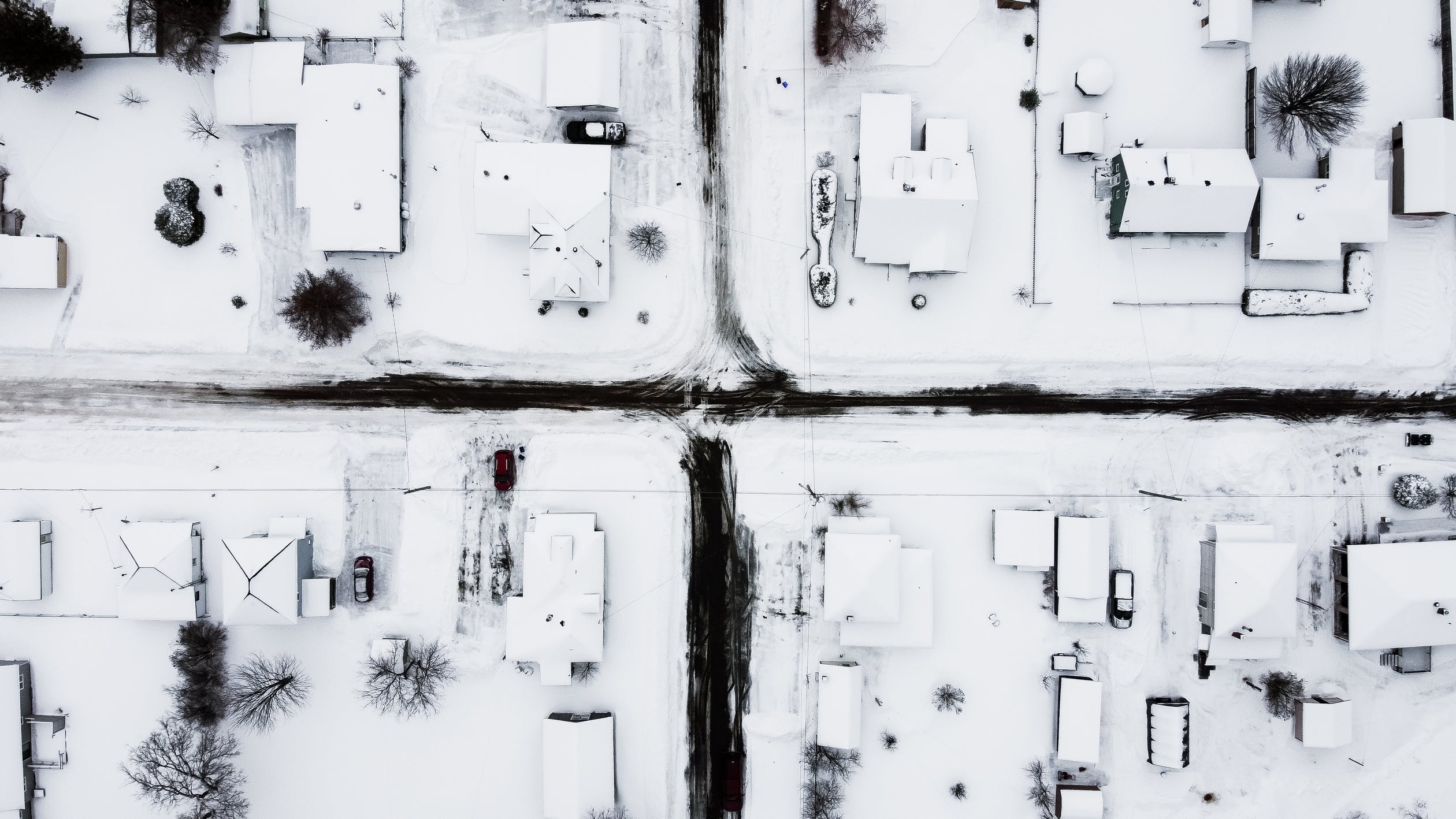As the mercury begins to drop, the chance for potential home damage increases.
However, homeowners shouldn’t worry. There are easy preventable measures they can take to ensure their home (and investment) stays in tip-top shape during the winter months. Here are the top five ways to keep your house running smoothly during the winter:
Evaluate Your HVAC System
Most modern homes feature a central heating and cooling system. For these units, homeowners can hire an HVAC inspection for about $100 or less to inspect the functionality and ensure they won’t be left without heat during the cooler months. One of the easiest steps homeowners can make themselves without paying for a technician is to simply replace their air filter quarterly.
If you have a fireplace, make sure to stock up on firewood and have your chimneys checked. A chimney sweep can ensure that any residual carbon buildup is removed and doesn’t catch on fire and spread through the house. It’s also a good idea to make sure your smoke and carbon monoxide detectors are installed, tested, and have new batteries installed.
Don’t Be Left Underwater
Flooding caused by frozen pipes is one of the most common accidents that can occur during freezing temperatures. One of the easiest ways to help reduce this risk is to simply keep a faucet on a steady drip during inclement weather. The constant flow of water helps ensure that no standing water has the chance to freeze and cause problems.
In addition, make sure that all exterior faucets are turned off. We recommend draining your exterior lines as well. Simply shut off the water valves to any exterior lines and then open the exterior spigot until all the water is drained.
Got a pool? Make sure it’s shut down and winterized. This is true for in-ground sprinkler systems as well.
Check Your Roof
Snow and ice can get very dense, very quick. That’s why it’s important to make sure you’ve identified any potential leaks before the bad weather comes. On top of that, make sure your gutters are free of leaves and debris – this will help any rain and melted ice and snow drain properly.
Once the snow does land, make sure to keep an eye on the accumulation. Too much snow on a roof can lead to structural failures and collapses. While not extremely common in our area, this can happen in higher elevations and during extreme weather events. You may have to get on the roof to shovel the excess snow off or hire a professional to come out and assist.
Winter Essentials
Always being prepared means stocking up on tools and essentials to help get you through the winter. The amount of snowfall will determine whether a trusty shovel will work or if something more heavy-duty – like a snow blower – is required. In addition, salt or salt alternatives (like gravel or wood chips) will help break down and melt built-up ice on porches, sidewalks, and driveways.
If your home is below the frost-level and has a basement, consider purchasing a sump pump. These handy devices will pump any water from the basement back outside. Depending on past flooding, you may have to purchase more than one to place in trouble areas or at the lowest points in your basement.
Improve Energy Efficiency
As colder weather surrounds your home, make sure you do everything you can to keep the warmth in. You may not know it, but your ceiling fan can operate in two directions: clockwise and counter-clockwise. During the winter, this should be set in a clockwise direction. This causes an updraft and pushes the warm air back down.
Check your windows and doors for any drafts of cold air. This can be remedied with weatherstripping. If you have an older home, you may even want to caulk around the exterior frame of windows and doors to prevent cold air from coming in through older, cracked caulking.


